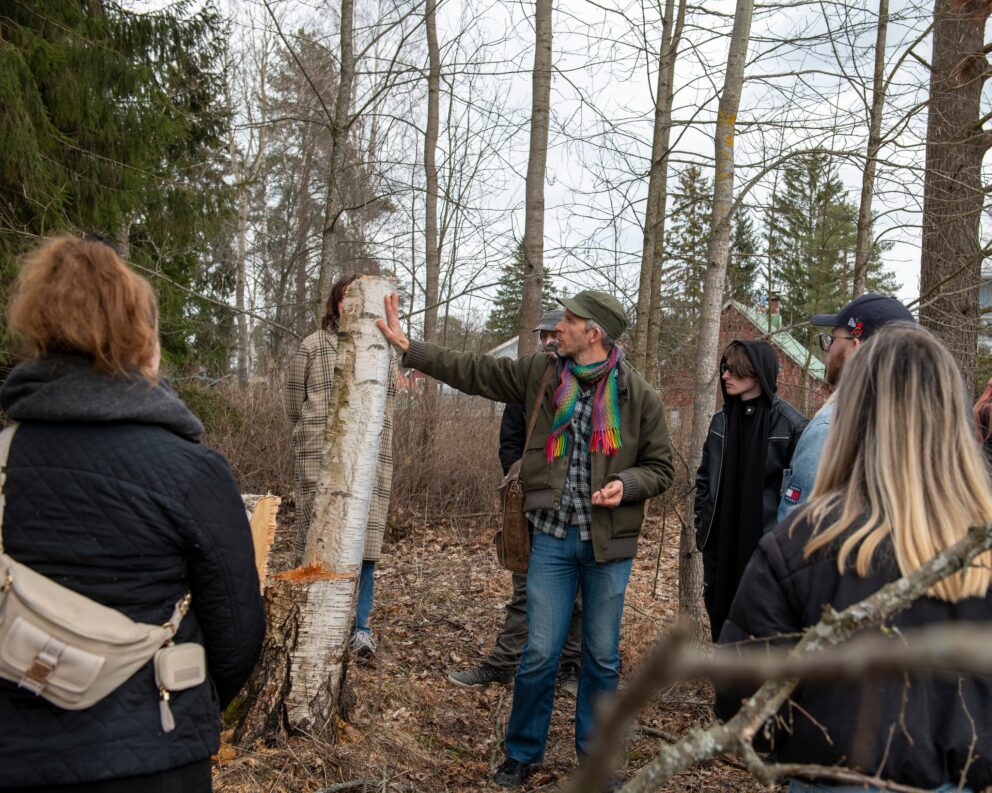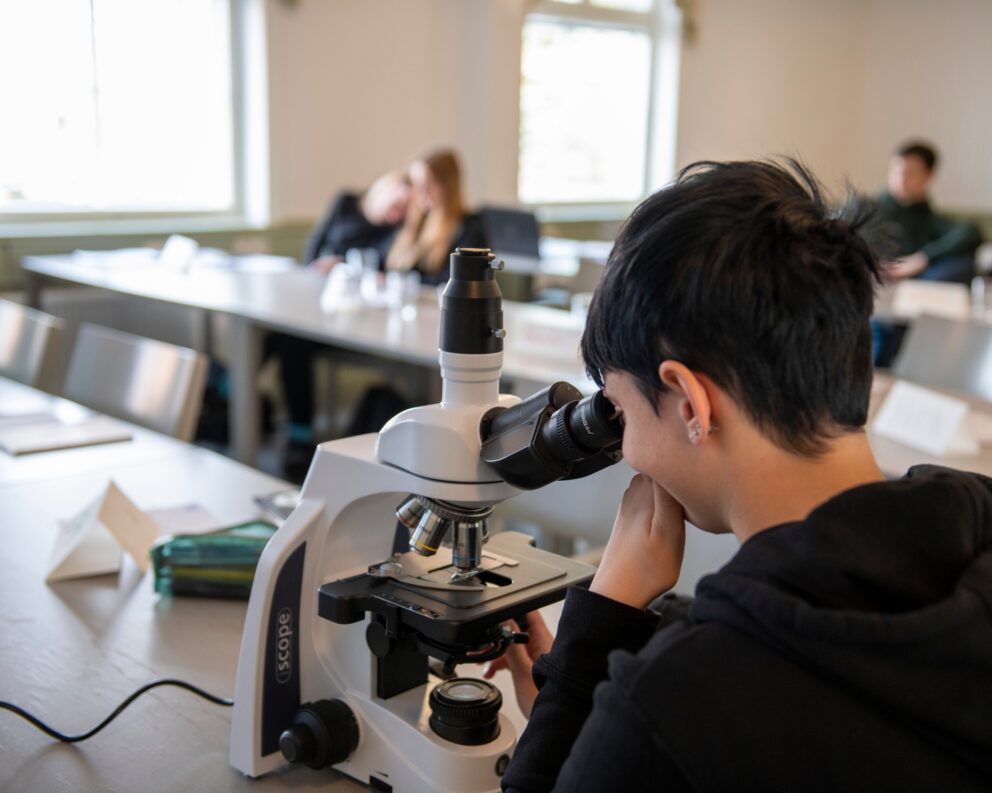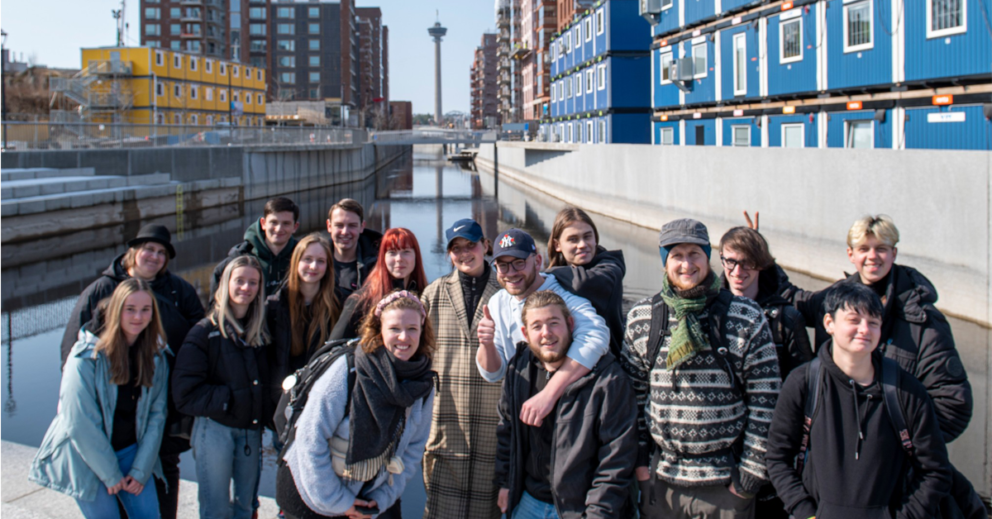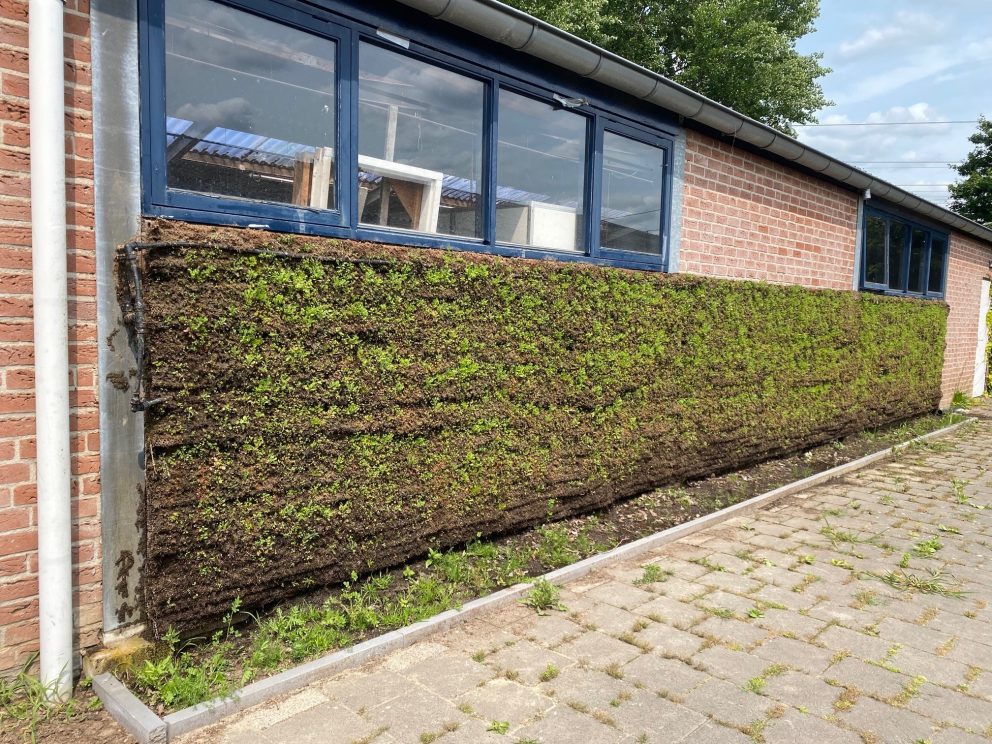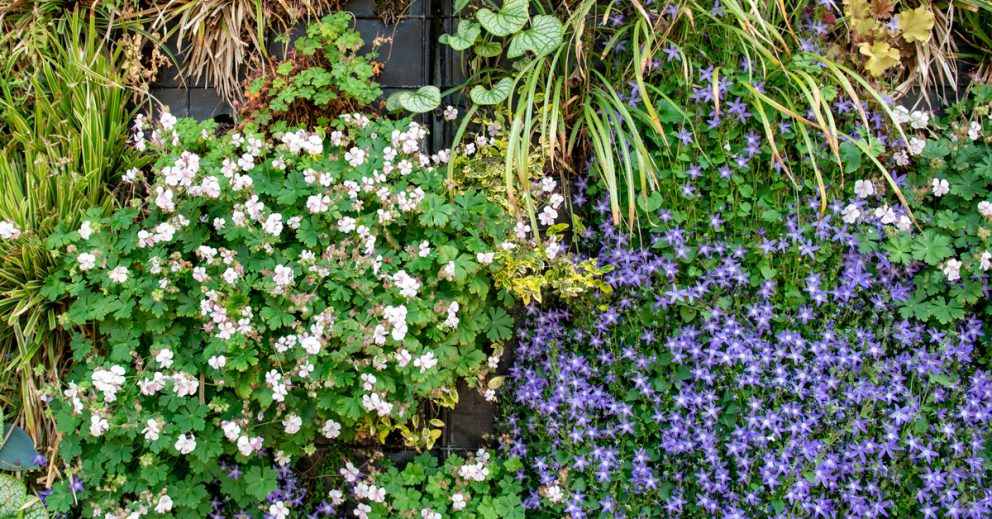The International Urban Greening Week brought together a total of 14 green sector students and 4 teachers from the Czech Republic, the Netherlands and Denmark for a two-week exchange to Tampere, AhlmanEdu, in April. The students were able to test their skills in a real-life challenge on the theme of visible and invisible communities in parks. The exchange weeks were organized in cooperation with AhlmanEdu, VRJ South Finland and the City of Tampere and were part of the CoVE cooperation activities in the region.
The International Urban Greening Week exchange weeks were organized as part of the European Platform for Urban Greening project from 10-21 April 2023 in AhlmanEdu, Tampere. Two students from Denmark, five students and two teachers from the Czech Republic and seven students and two teachers from the Netherlands participated in the exchange week. The students ranged in age from 17 to 30, with the majority aged between 17 and 18. At the same time, AhlmanEdu had students and teachers on exchange in the Netherlands.
The challenges of urban green are made to be solved
The students were able to test their skills and thinking in a real-life challenge offered by the City of Tampere. The theme of the challenge was visible and invisible communities in parks – how to identify them and what kind of community activities can be created and built in parks. Before the actual challenge, the students were given a wide-ranging introduction to Tampere, its different green structures, green spaces and parks. They also learned the basics of edible forest garden and soil food web at AhlmanEdu – in other words, they were introduced to visible and invisible communities.
The parks targeted by the challenge were Hatanpää Arboretum and Hiedanranta Park. The two parks are very different. Hatanpää Arboretum has a very long history and a clear context, while Hiedanranta Park is relatively new and still under construction. The student groups chose one of these two parks to focus on in their work. They were given the task of identifying the user groups, both visible and invisible, of their chosen park and how these groups could be served in a sustainable way. They also had to profile the users and consider how to reach these target groups. The challenge was therefore a comprehensive one, covering aspects of park design, maintenance, management, marketing and communication.
Visible target groups seemed clearer and easier to identify. Invisible groups were more challenging to identify, and students could have been more innovative and thought-provoking in their approach. All in all, however, the groups were able to work on interesting entities and learn new things about the diversity of green areas, their design and different functions, and how to reach target groups. The students presented their challenge to a panel of business and education representatives on the final day of the event.
This is how Kaisa Koskelin from AhlmanEdu, Project Manager of the EPLUG project, comments and approaches the theme of the challenge:
An example of invisible communities could be the criteria used to group plants and what happens in the soil. The same logic can be used to think about us humans and our activities. We create opportunities for some communities that we recognise, but what about those communities that don’t use the parkland – how can we take them into account?
Exchange students get to know Tampere and each other
The International Urban Greening Week’s early days focused on getting to know Finland, Tampere, local environments and other exchange students. The students visited urban greening areas in Tampere, went to the forest, took a sauna and visited Helsinki to explore urban green spaces. With the aim of grouping the exchange students and exchanging ideas between those from different countries, the students were divided into three different groups, each with representatives from each country. As the days progressed, the students got to know and immerse themselves in the challenge, its themes and theory, and started to work on their challenge.
The programme of the weeks was balanced between exploring the themes and places and working on the challenge and the theory. The timing of the event was challenging in that there was still snow on the ground in some places in Tampere, so the students did not really get an idea of the areas during the growing season as green.
International exchange weeks in the future
The International Urban Greening Week was an intensive two weeks for both organizers and participants. There was a busy programme and a tight schedule, but everything that had been planned in advance worked well in practice. The exchange students were actively involved in the programme and were a source of inspiration and energy for the organisers during the event. The students were amazed and enchanted by Finland’s nature, open spaces and silence. In addition, they gained a new experience of an intensive two-week exchange and a lot of new elements for their professional growth path.
Project Manager Kaisa Koskelin and Training Designer Essi Clewer from AhlmanEdu comments:
We highly recommend organizing exchange weeks to others. It gave a lot to us as organizers and even more to the students! Next time we will challenge the Czech and Romanian teams to organize an exchange week in the European Platform for Urban Greening project.
Going forward, it would be good to have roughly the same number of students from each country, so that the split groups would be more balanced. It would also be worthwhile to find out more about the starting level of the students in advance, so that the design of the programme can take into account the different national classifications and the different levels of learners.
The International Urban Greening Week aimed to experiment with shorter, two-week exchanges, rather than the traditional several-week exchange programmes – and the experience is positive. The event also reinforced the idea that it is the young and future generations who are most affected by today’s solutions and actions, so the future challenges facing the green sector need to be accelerated and strengthened. Fortunately, young people are very aware of the issues of local green spaces and biodiversity, so this important work will continue.
See the after movie here:
Text: Jenni Arjoranta, AhlmanEdu
Images: Niki Mutta, AhlmanEdu
